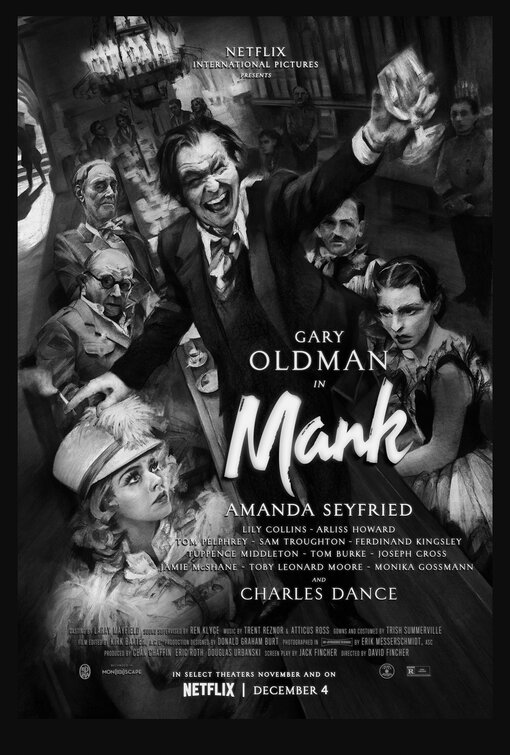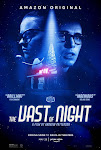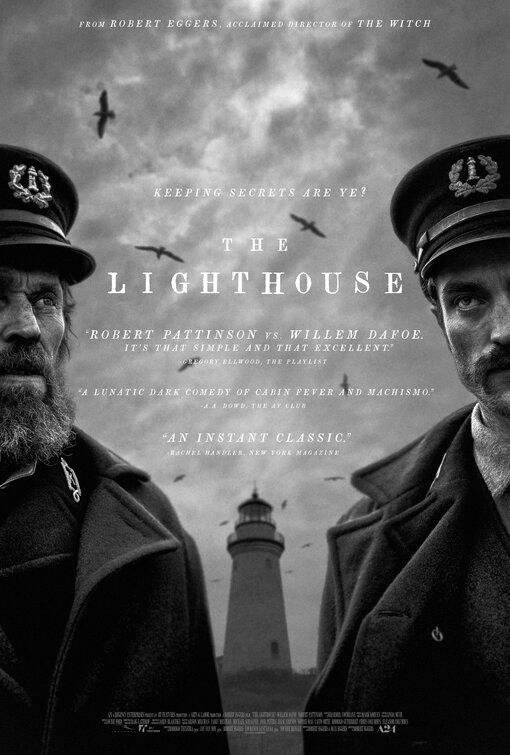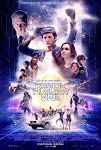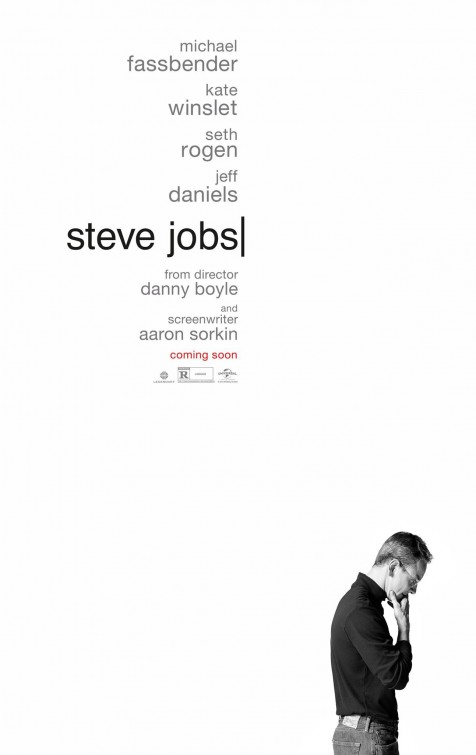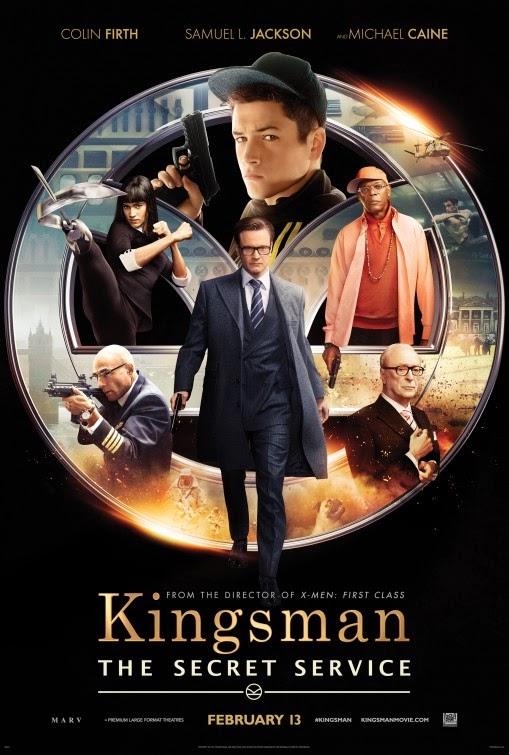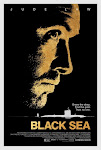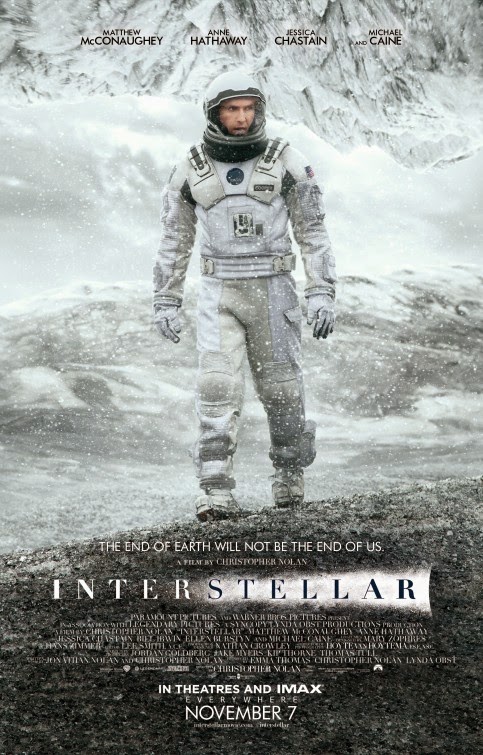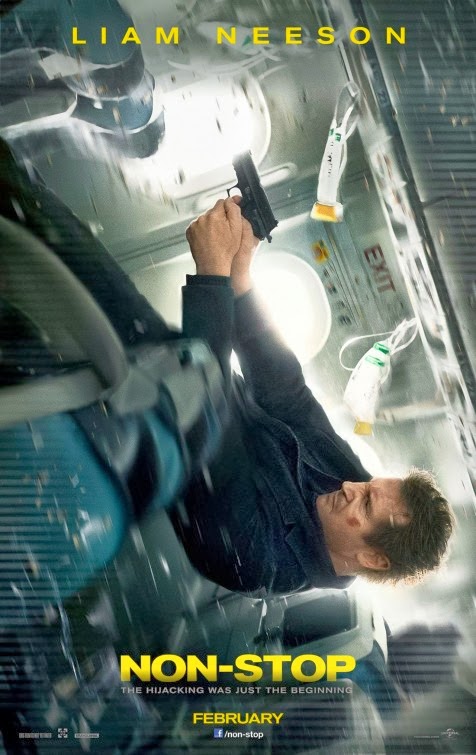By Matt Duncan
Coastal View News
Imagine waking up in a place that you have never even seen before. Everyone else seems to know why you are where you are, but you don’t have a clue. You don’t know where you are, why you are there, or how you got there. This is the “Source Code” experience. Both the main character and we, the audience, are together in the dark, clawing around for clues and answers. This makes “Source Code” both inventive and fun, at least for a while.
When Colter Stevens (Jake Gyllenhaal) wakes up on a train just outside of Chicago, he is both confused and startled. He is confused because he has no recollection whatsoever of getting on the train, or of being anywhere near Chicago. Colter is startled because, as he becomes conscious of his surroundings, it is obvious that he is not where he is supposed to be. For one thing, the woman sitting across from him on the train—whose name turns out to be ‘Christina’ (Michelle Monaghan)—calls him “Sean” and talks to him as if he were her friend. Colter tries to make sense of his situation. He scrambles for answers. But before he can get a grip, his train explodes—a giant fireball engulfs him, Christina, and everyone else.
But Colter does not die. Rather, he wakes up strapped to a chair in some sort of pod. A video monitor crackles to life and a woman named ‘Goodwin’ (Vera Farmiga), who is dressed in military attire, begins to speak to him. Colter begs for answers, but Goodwin leaves him (as well as the audience) in the dark. All that Colter knows is that he is on a special mission, and that his task is to find out who bombed the train that he was just on.
Then Colter is sent back to the train; he wakes up, just as he did before, across from Christina. Still trying to figure out what is going on, Colter wastes time and energy, and so is once again caught up in the explosion. Time and time again Colter is jolted back to his pod and then sent back to the train. With each trip to the train, Colter comes closer to discovering who the bomber is, and with each trip back to the pod, Colter learns a bit more about the mission and why it was assigned to him.
Colter discovers that he is part of an experimental program in which he taps into the memory traces of someone who has just died. Colter literally relives someone else’s life. The point of this program is to find out information about an event—the explosion, in this case—that only a person who was there would have access to. The U. S. government needs this information because they know that the bomber will attack again soon. Colter’s job is to find out who the bomber is so that this terrorist can be apprehended before it is too late.
The idea behind “Source Code” is inventive and interesting. Although its premise relies on some shakily described science and technology, this movie mostly maintains the minimal threshold of plausibility that is required for the audience to engage with the story. That is, until the end. Unfortunately, at the end, the sort of “anything goes” character of pop physics takes a hold of the plot and runs away with it. And that is both perplexing and frustrating.
But what’s fun about this movie is how we (the audience) get to figure things out at the same time that Colter figures them out. It is as if we, the audience, are being transported back and forth from the train to the pod. Colter knows little more than we do, and as a result, the mystery somehow seems more real. But there is a downside to riding alongside Colter. Being sent back and forth gets tedious—at least, that is, from the audience’s side of the screen. We see the same scene over and over again, and that gets tiring.
In all, “Source Code” is an amusing movie that is worth seeing one time. It does not have much lasting appeal, and the plot gets a bit sloppy at times, but this movie is nonetheless thought provoking and fairly entertaining.
Wednesday, April 6, 2011
Subscribe to:
Posts (Atom)




